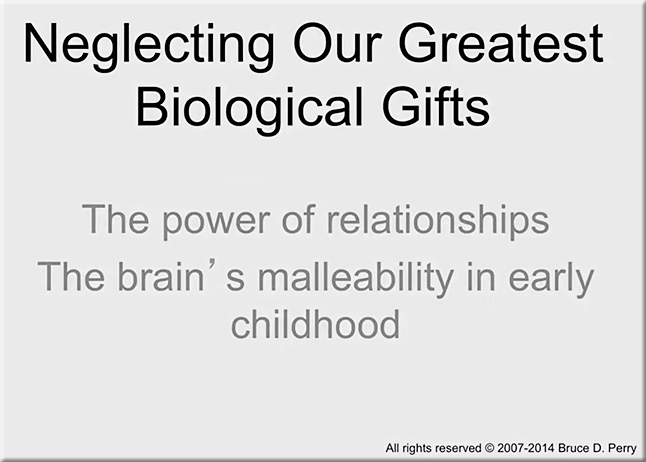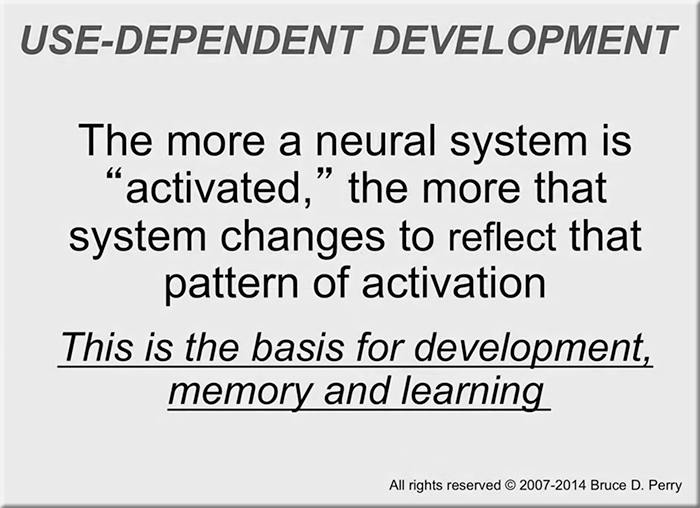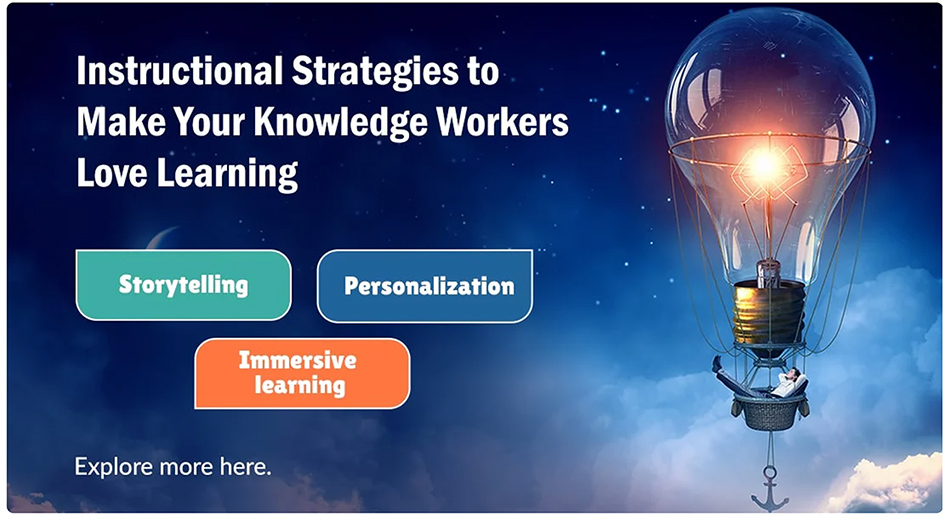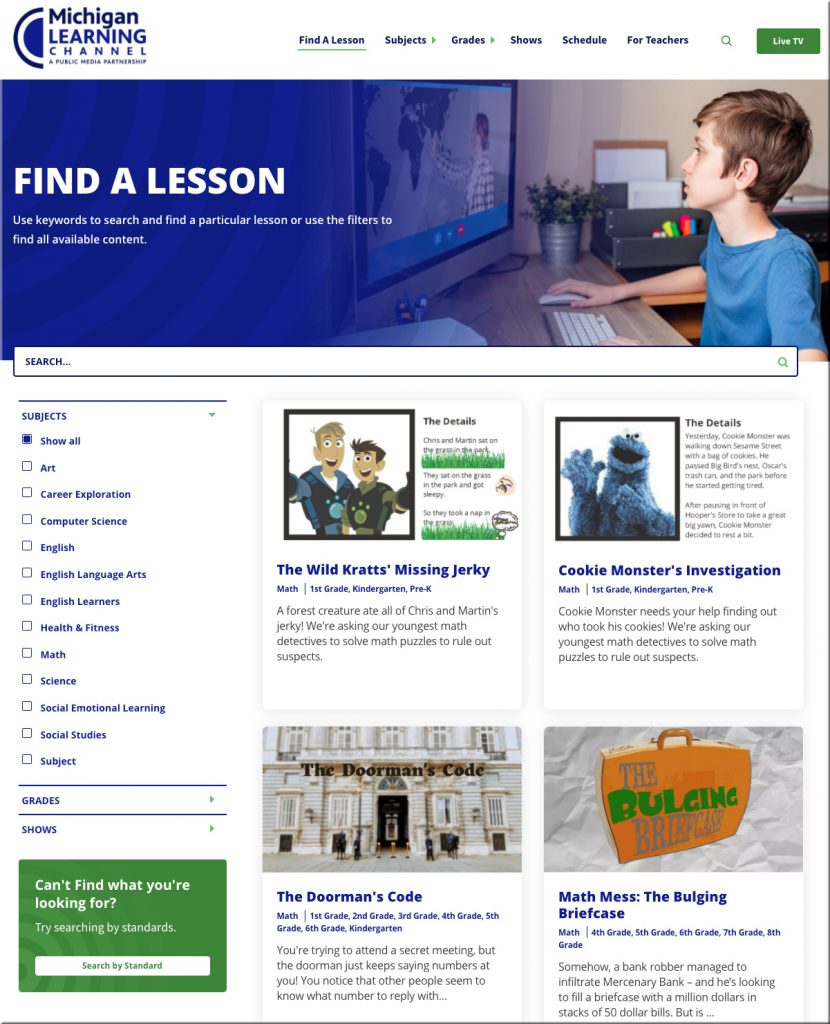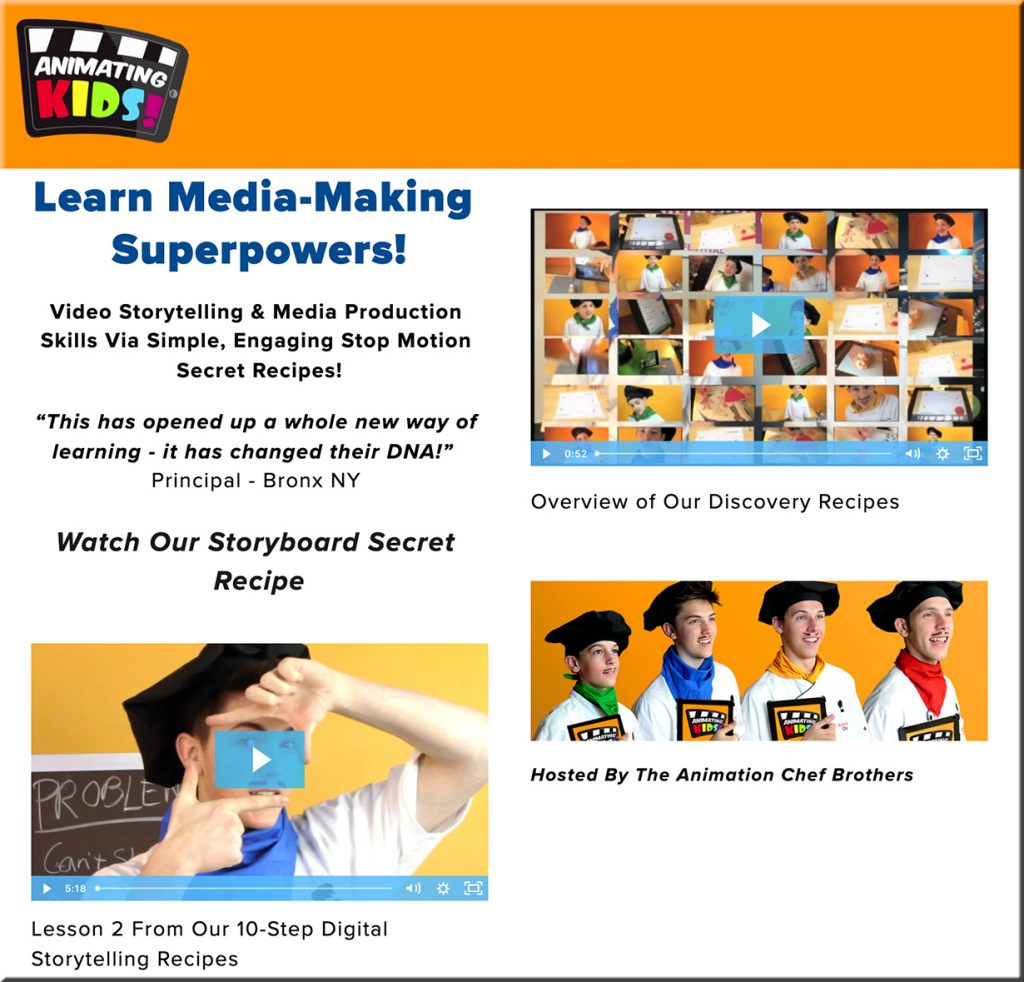S&P raises view of higher ed sector for 2022, but colleges’ fortunes are diverging — from highereddive.com by Rick Seltzer
Excerpts:
- S&P Global Ratings revised its view of the U.S. not-for-profit higher education sector to stable, ending four years of negative outlooks even as it said it is monitoring divergence in fortunes between strong and weak institutions in the market.
Some stressed institutions will be able to leverage high-value real estate, branding or strong programs into a merger or affiliation, according to the ratings agency. But with colleges competing for often-shrinking pools of students, S&P expects more closures — especially of small, regional, private liberal arts colleges.
Also see:
Breaking Down Online Postsecondary Enrollment Growth in the United States — from holoniq.com
Welcome to the multi-speed online enrollment economy. The highs and the lows of the top 20+ institutions.
Digital capability is arguably the number one priority for US universities and colleges. Postsecondary enrollments in the United States are in decline, institutions are bracing for a much bigger 2025 enrollment crash (due to a falling birthrate from the last recession) and a tight labor market is encouraging employers to drop requirements such as degrees and instead embrace faster, cheaper and higher ROI online up-skilling programs.









